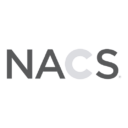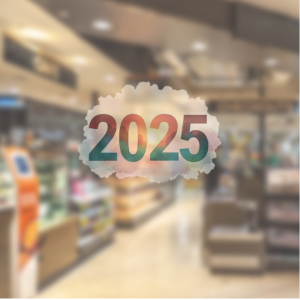
Insights
How Your Competitors Inform Your Program Strategy

Casual eyeawer intelligent smart black multinational prepare presentation chat communication leader leadership friends relationship building speak talk show concept. Four managers argue new start-up
Organizations often look within their perceived retail verticals to see how their competitors approach designing consumer-facing programs. Not only does this approach inherently ignore the phenomenon of expectation transfer, it has fast become a relic from a bygone era when the lines that distinguished retail verticals were more defined than they have become in our digital era. With companies like Panera Bread competing in targeted online grocery, Kroger and others offering curbside convenience, and 7-Eleven heading deeper into Quick Serve Restaurants (QSRs), the convergence of verticals has altered the way in which merchants must view competition. In this article, we’ll explore the extent to which you should look outward when designing your consumer-facing offers.
The Dangers of a Competitor-Led Strategy
Logic follows that if you employ a competitor-led strategy as your primary input to program design, you inherently place your strategy in a losing position. While it’s helpful to be aware of what competitors are doing, allowing them to dictate direction will place your program behind as you build and decision off programs already in market.
While too strong of a focus on the competition will not lead you closer to a winning program strategy, collecting competitive insights with purpose as part of your broader program strategy can enable new insights to help you serve your consumer base. These insights can solidify your understanding of table stakes, barriers to entry, and opportunities to differentiate within your market, but there are best practices that W. Capra recommends to employ this effectively. Mike Streams, Partner at W. Capra, relays, “Unless you understand the go-to-market strategy of individual competitors, inclusive of the core segments that your competitors attempt to influence, you won’t get far. The art in competitive analysis is striking a balance to deduce where competitors are trying to win while refraining from chasing them.”
How to Begin a Competitive Insight Exercise
To identify who to include in your competitive insights exercise, begin with organizations that have similar consumer segments. Bringing in a neutral third-party perspective with a keen understanding of the market can help you to avoid the myopia that often results from a focus on your own program’s day-to-day execution. As you scan the market, it will be important to align on how expectation transfer impacts your target consumers. This alignment will help you to define a profile mix of relevant data points across direct competitors, tangential competitors, and disruptors.
When Should I Conduct a Competitive Insights Analysis?
“Any time you’re going through an intense program strategy exercise, you need a deeper dive,” offers Streams. “Success within the program means you win on the fringes and anticipate responses. If you are only doing this on rare occasions, then you aren’t reacting quickly enough to what’s in the marketplace.” There is often redundant effort associated with trying to take on this analysis yourself, since third parties retain these relevant insights as a core component of their value prop. Further, many organizations don’t have the bandwidth in-house to conduct this analysis beyond a one-time exercise that they do not refresh in a timely manner. To maintain competitive insights in a meaningful way, this analysis should not only be part of a strategy refresh but should also interweave your day-to-day program activities. For the strongest ongoing competitive insights to attune your go-forward program strategy against, W. Capra retains the industry’s foremost expertise.
For further discussion, contact Mike Streams at mstreams@wcapra.com.
Related Insights
Maximize Your C-Store’s Future Value: Why Preparation Starts Years Ahead
You’ve poured countless hours, navigated endless challenges, and invested immense energy into building your convenience retail business. You know every […]
6 Reasons Convenience and Energy M&A Is Poised to Soar
While mergers and acquisitions have always been a part of the landscape in the convenience and energy industries, our experts […]
CSP Magazine – What C-Store Retailers Need to Do to Succeed in 2025
This article, by W. Capra’s Tom Newbould as a guest author, was published in the February 2025 edition of CSP […]
Prepping for the End of Year, Holidays, and 2025
As each year ends, merchants are forced to deal with the scramble related to holiday season sales and offers which […]
Want to stay in touch? Subscribe to the Newsletter










